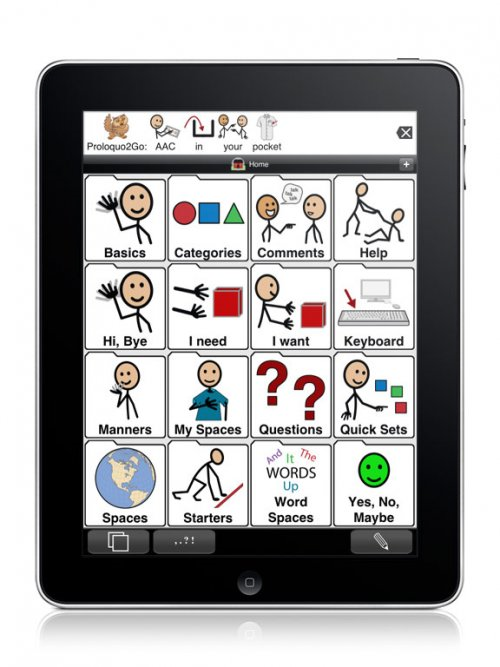{googleAds}<script type="text/javascript"><!--
google_ad_client = "ca-pub-9940670887654728";
/* Expert Articles 468x60 */
google_ad_slot = "7545621260";
google_ad_width = 468;
google_ad_height = 60;
//-->
</script>
<script type="text/javascript"
src="http://pagead2.googlesyndication.com/pagead/show_ads.js">
</script>{/googleAds}
It is essential for therapists and teachers to keep up to date with the apps that are available to ensure that they are trialling and recommending the most appropriate apps for their client. The recent article by Jessica Gosnell outlined how feature matching should be used to help guide decision making when choosing an appropriate communication aids for clients.
An iPad can be both a great AAC device for your client and an essential tool for your therapy kit. With new apps coming out each day, there’s always something new to try out. Useful websites and blogs which discuss the latest apps are:
- http://www.ipodsibilities.com
- http://atmac.org
- http://www.spectronicsinoz.com/blog/new-technologies/2010/09/iphoneipad-apps-for-aac-updated
REFERENCES
Gosnell, Costello and Shane (2011) There Isn’t Always An App For That. Perspectives on Augmentative and Alternative Communication.
Sennott and Bowker (2009) Autism, AAC, and Proloquo2Go. Perspectives on Augmentative and Alternative Communication.
| Learn more... |
Check out Innovate My School's Mobile Phone Apps Directory for a comparison of some of the latest education apps on the market.


















